These days, more and more people are going natural – from the food they eat to the personal care and cleaning products they use, even to the design and building used by architects, engineers and construction companies. It’s a natural lifestyle that is taking hold because people are getting tired of all things chemical and over-processes. And that includes hair.
More and more African American women are going natural. When it comes to hairstyles, natural hair used to be frowned upon because it was seen as unruly, unfashionable and even unprofessional. But in a world that is more and more into open exchanges and acceptance, a woman’s hairstyle shouldn’t be dictated by what others think, but rather by what is best for her and the health of her hair. Plus whatever else anyone tells you, natural hair is so in right now! Just ask the likes of fashionable naturalista icons Lupita Nyong’o or Solange Knowles.

So if you’re going natural the first time since maybe the age of 12, when you first had your hair relaxed, it can be really daunting, especially if you don’t want to do the big chop, which is basically cutting off all the relaxed and chemical-laden hair. So instead of a haircut, you can choose to transition, which is the process of growing out your natural hair minus any relaxer or procedure then cutting off the old growth to take out the damaged ends. For reference, you also need to find your hair’s line of demarcation, which separates the relaxed hair from the natural hair and is the point where the hair is weakest and needs to be cared for.
 Time to let go of all the ‘unnatural’ chemical-laden hair
Time to let go of all the ‘unnatural’ chemical-laden hair
A lot of women transition slowly when going natural the first time, and that’s the key – don’t rush because this period may take several months, like four months to a year, it all really depends on your hair and how it grows. If you want to be able to survive this time and transition to healthy and natural hair, then keep count of these tips that may help you achieve your curly-haired dream:
1. Listen to your hair and not to others – Never trust anyone who says that you are transitioning the wrong way. There is no wrong or the most right way to do it. It’s your hair, you’d be the one to know best about it – if you observe enough about it. Pay close attention, this might be the ideal time to keep a hair diary. For example, the products that would have worked for your previously relaxed hair will most probably not apply anymore to your growing natural hair. It may be time to switch up if your hair appears oilier or even dryer. Keep listening and observing because your hair will be changing over the course of the transition as it gets longer and grows out the damaged relaxed hair.
2. Moisturize, moisturize, moisturize! – The worst thing about black African hair is that it can be dry and brittle because moisture easily leaves the hair strands. And when it comes to becoming natural, you want your hair to be healthy and damage-free, so that it can look its best as well. Try products such as the Cantu Shea Butter Leave-In Conditioner.
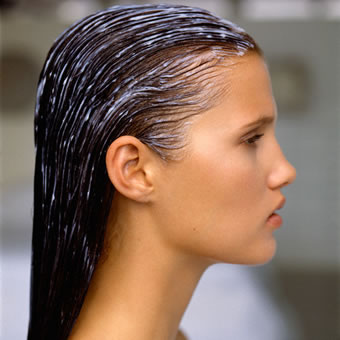
The best time for deep conditioning your hair!
3. Be gentle – Your hair not only needs a lot of attention and care during this time but a gentle touch. Minimize your heat usage by air drying your hair instead of blow drying it and don’t forget to de-tangle, especially at first when most of the hair is still relaxed and straight. Use a wide-toothed comb (avoid brushes!), start your way at the end and work your way up. Also, avoid transitioning and protective hairstyles that are too tight and put too much tension on your scalp. These pull at the hair and can cause breakage and long-term hair loss if continued. Washing should also be done around 2-3 a week, and not on a daily basis.
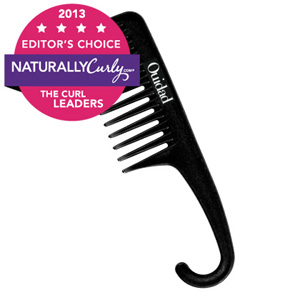
Ouida Wide Tooth Comb – No to brushes! It’s best to use wide-toothed combs or your own fingers!
4. Dry your hair differently – you can’t rub a terry cloth towel all over your hair anymore. This kind of fabric absorbs too much of the moisture from the hair, plus it can destroy the form and texture of your curls. Try using a micro fiber towel or even an old shirt instead. And it’s not just a different towel for drying, instead of rubbing out water, keep your curls intact by blotting out and dabbing gently. Then run your fingers through your curls to separate and de-tangle. Air drying your curls this way would be infinitely better for it to retain its shape and natural texture.
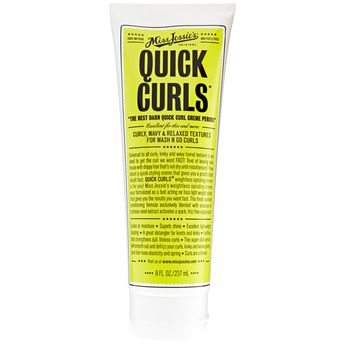
For extra curls and oomph, trying curling products like Miss Jessie’s Quick Curls
5. Try out different styles – During the transitioning period, you’ll need to find out what works for you as a go-to transitioning style, which is technically making your two hair textures (the old growth and the new natural growth) into one. There are different styles to try out like a bantu knot out or every natural girl’s favorite, the twist out. And it’s not only hairstyles you can go gaga over but accessories are also fun to play with – try out cute earring droplets that go well with your newer natural style or even hair accessories that can even help you on a bad hair day like scarves or bands.
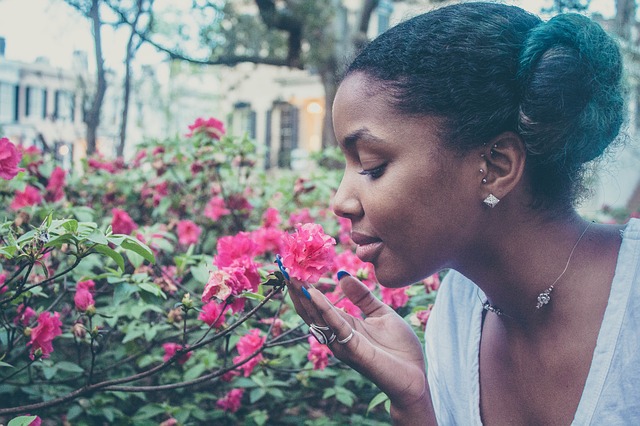
6. Trim – To keep your hair growing healthy, have a regular monthly trim to weed out and cut away the damaged ends from your hair. Pretty soon you’ll be sporting a head full of healthy natural hair!
Natural hair may take a lot of time, care and effort. It is not a low maintenance sort of hair – patience and commitment is needed to maintain a regular hair care regimen for your hair – think de-tangling, conditioning, washing and styling. But if it all leads to that final picture where you have curly, natural, fierce, healthy and gorgeous hair, then it may very well be worth it!
















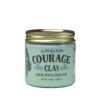
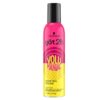
Comments are closed.